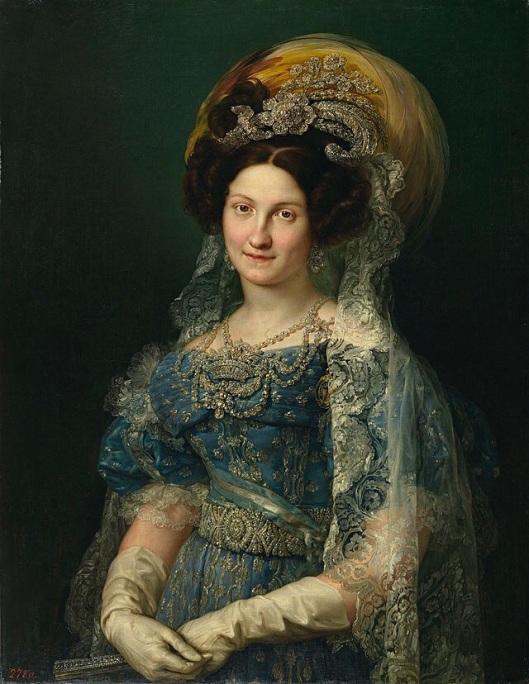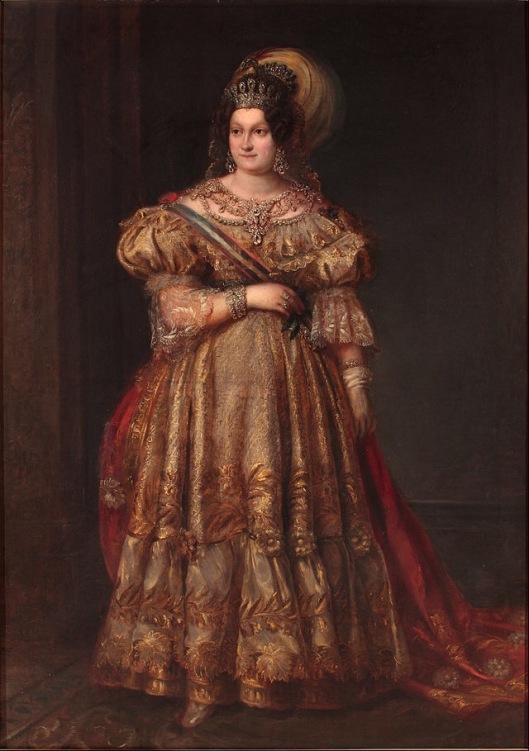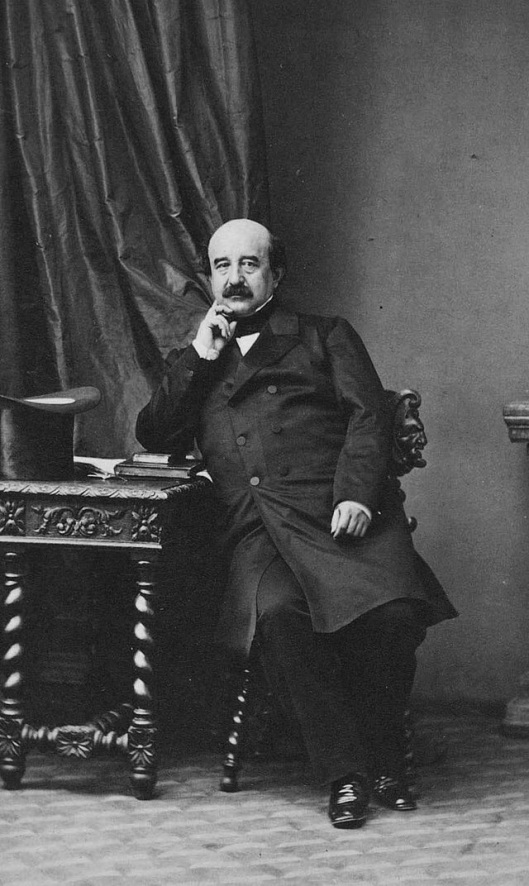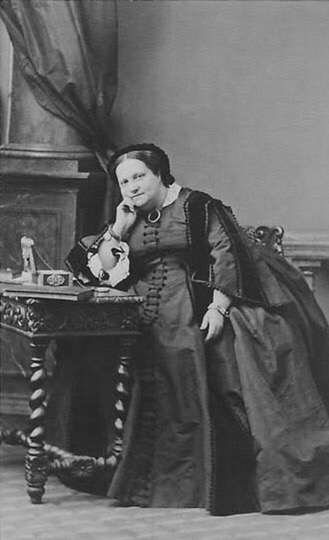Tags
3rd Viscount Palmerston, Duke of Cádiz, Duke of Montpensier, François Guizot, France, Francisco de Asís, French Foreign Minister, Henry John Temple, infanta Luisa Fernanda of Spain, July Monarchy, King Alfonso XII of Spain, King Ferdinand VII of Spain, King Leopold I of Belgium, King Louis-Philippe of France, Lord Palmerston, Muhammad Ali, Ottoman Empire, Pasha of Egypt, Prime Minister, Prince Antoine of Orléans, Prince Leopold of Saxe-Coburg-Gotha-Koháry, Princess Marie Christine of the Two Sicilies, Queen Isabella II of Spain, Spain, The Affair of the Spanish Marriages, The House of Saxe-Coburg-Gotha, The Second Egyptian–Ottoman War, The Syrian War, Treaty of Utrecht, United Kingdom of Great Britain
Aftermath
Although the French won the day and prevented a British-backed suitor from becoming Spain’s King Consort, they and their moderado allies in Spain had to pressure the young queen into the marriage, as Infante Francisco, Duke of Cádiz was thought to be impotent.
The affair was a source of embarrassment for France. The rapprochement between Britain and France was wrecked, and Guizot sought allies instead among the reactionary Northern courts led by Metternich. This movement toward conservatism drove liberals from the ruling coalition in France, and contributed to the final end of the Orleanist monarchy in France two years later in the Revolution of 1848.
Both of the marriages proved to be unhappy ones.
In 1847, a major scandal took place when Queen Isabella II, age seventeen, publicly showed her love for General Serrano and her willingness to divorce her husband Francisco de Asís; though Narváez and Isabella’s mother Maria Christina solved the problem posed to the monarchical institution—Serrano was shifted away from the capital to the post of Captain General of Granada in 1848—, the deterioration of the public image of the queen increased from then on. Following the near-revolution of 1848, Narváez was authorised to rule as dictator to repress insurrectionary attempts up until 1849.
In late 1851, Isabella II gave birth to her first daughter and heir presumptive, who was baptised on December 21, as Infanta María Isabel Francisca de Asís. Historians have attributed the Princess of Asturias’ biological parenthood to José Ruiz de Arana, Gentilhombre de cámara.
Queen Isabella II’s heir, Infante Alfonso de Asís, was born in Madrid on November 28, 1857. His official father, Isabella’s husband Francisco de Asís, has been generally viewed as effeminate, impotent or homosexual, leading historians to question his biological paternity.
There is speculation that Alfonso’s biological father may have been Enrique Puigmoltó y Mayans, a captain of the guard. The relationship of the queen with Puigmoltó was so much of a public hearsay at the time that Francisco de Asís initially refused to attend the baptism ceremony of Alfonso (the heir apparent) even if he was eventually forced to do so.
These rumours were used as political propaganda against Alfonso by the Carlists, and he came to be widely nicknamed “Puigmoltejo” in reference to his supposed father. Others have assigned the fatherhood to Federico Puig Romero, a colonel who was murdered under unclear circumstances in 1866.










